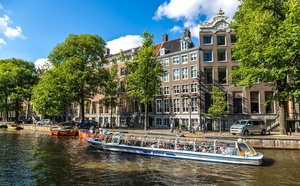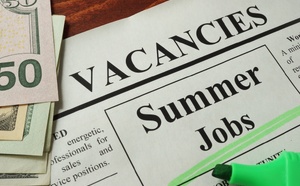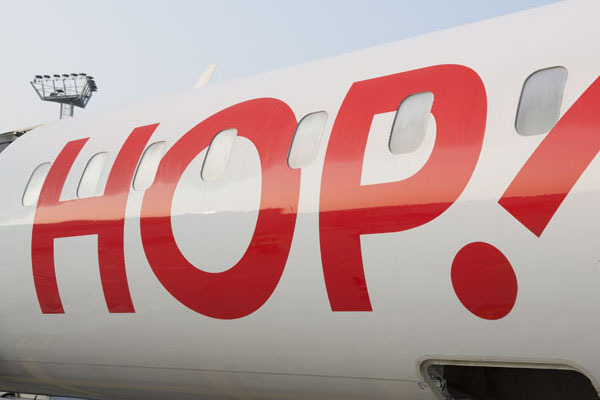
It appears that the solution is to build back something that took efforts to take down. The task has been handed over to Lionel Guérin who went, in the time of just a few years, from presiding and owning a tiny transporter, Airlinair - that has in fact never lost money- , to being the executive director of Hop-Air France - Photo DR
Let’s refresh our memories.
On January 12, 1990, Bernard Attali who was then the CEO of Air France, buys out UTA from Jérôme Seydoux for an amount of more than 6 billion francs (if I recall correctly), even though the company was worth much less than that, according to some observers.
Consequently, since UTA owned 37% of Air Inter, Air France became ipso facto the owner of the domestic company. A great win for the national company even though this transaction was the beginning of great difficulties for the transporter who did not have sufficient cash flow to support its operations.
Leading to having to “lease back” a large part of its long-haul fleet because the President of the Chargeurs was not satisfied with expedients.
This is why just a few years later, the French State, meaning taxpayers, were forced to recapitalize Air France for an amount of close to 22 billion francs.
Of course, a promise was made to the employees of Air Inter that they would keep their independence and that the company would continue operating just like before.
But promises are kept only by those who believe in them, to quote a famous politician who said these words in 1997, because eventually Air Inter became Air Inter Europe, and then fused entirely with Air France. Game over!
On January 12, 1990, Bernard Attali who was then the CEO of Air France, buys out UTA from Jérôme Seydoux for an amount of more than 6 billion francs (if I recall correctly), even though the company was worth much less than that, according to some observers.
Consequently, since UTA owned 37% of Air Inter, Air France became ipso facto the owner of the domestic company. A great win for the national company even though this transaction was the beginning of great difficulties for the transporter who did not have sufficient cash flow to support its operations.
Leading to having to “lease back” a large part of its long-haul fleet because the President of the Chargeurs was not satisfied with expedients.
This is why just a few years later, the French State, meaning taxpayers, were forced to recapitalize Air France for an amount of close to 22 billion francs.
Of course, a promise was made to the employees of Air Inter that they would keep their independence and that the company would continue operating just like before.
But promises are kept only by those who believe in them, to quote a famous politician who said these words in 1997, because eventually Air Inter became Air Inter Europe, and then fused entirely with Air France. Game over!
Has this operation been beneficial to Air France?
Autres articles
-
 Les aéroports vont-ils tuer le transport aérien ?
Les aéroports vont-ils tuer le transport aérien ?
-
 Quelles tendances post-Covid pour le secteur du transport aérien ?
Quelles tendances post-Covid pour le secteur du transport aérien ?
-
 La case de l’Oncle Dom : privatisation Toulouse-Blagnac... prends l'oseille et tire-toi !
La case de l’Oncle Dom : privatisation Toulouse-Blagnac... prends l'oseille et tire-toi !
-
 La case de l’Oncle Dom : APG World Connect… mieux que les Assises du Transport Aérien ?
La case de l’Oncle Dom : APG World Connect… mieux que les Assises du Transport Aérien ?
-
 La case de l’Oncle Dom : on transformera (peut-être) la France mais... pas la DGAC !
La case de l’Oncle Dom : on transformera (peut-être) la France mais... pas la DGAC !
It is legitimate to ask this question.
The strategy of the national company has always been to feed its “hub” in Roissy and to make sure that no clients be redirected towards Orly.
Under this logic, the control over the national transporter could have been rational.
But at the same time, Air France was not ever going to let go of Orly, or even allow any competitor to settle there, which were surely the intentions of British Airways.
Which meant that the company had to maintain enough flights in Orly to fill up the limited timeframes of 250,000, set in place under the pressure of Air France, to stop another transporter from setting camp there.
Only the prices have derived. The productivity level of Air Inter was well over that of Air France, this suited everybody but in the end, it is the the standards of the national company that imposed themselves.
The result after 20 years is not very glorious. First of all, the Orly platform is still limited, which is inconvenient to both clients and local residents since the flight management of the airport is based on movements and not on the quota of noise levels. This allows for older aircrafts to be used leading to high noise levels which constitute a major nuisance to neighboring populations to whom we keep lying to.
Then, what used to be a profitable operation in the era of Air Inter has become a source of major losses. Sure, the accounts of Air France do not provide a breakdown of the results per type of network but the company’s representatives certainly agree on that behind closed doors.
The strategy of the national company has always been to feed its “hub” in Roissy and to make sure that no clients be redirected towards Orly.
Under this logic, the control over the national transporter could have been rational.
But at the same time, Air France was not ever going to let go of Orly, or even allow any competitor to settle there, which were surely the intentions of British Airways.
Which meant that the company had to maintain enough flights in Orly to fill up the limited timeframes of 250,000, set in place under the pressure of Air France, to stop another transporter from setting camp there.
Only the prices have derived. The productivity level of Air Inter was well over that of Air France, this suited everybody but in the end, it is the the standards of the national company that imposed themselves.
The result after 20 years is not very glorious. First of all, the Orly platform is still limited, which is inconvenient to both clients and local residents since the flight management of the airport is based on movements and not on the quota of noise levels. This allows for older aircrafts to be used leading to high noise levels which constitute a major nuisance to neighboring populations to whom we keep lying to.
Then, what used to be a profitable operation in the era of Air Inter has become a source of major losses. Sure, the accounts of Air France do not provide a breakdown of the results per type of network but the company’s representatives certainly agree on that behind closed doors.
Remake something that took a lot of work to unravel
So the solution consists of rebuilding something we had such a hard time breaking down.
The task was assigned to Lionel Guérin who went, in the time of just a few years, from presiding and owning a tiny transporter, Airlinair - that has in fact never lost money - , to being the executive director of Hop-Air France, if the new brand is called this way. The group embodies 5 companies: Régional, Britair, Airlinair, Air France (Orly) and Hop that operate a fleet of around one hundred aircrafts, with 800 daily flights, capable of transporting around 15 million passengers for a total revenue estimated at 1.7 billion euros, all served by 81,000 employees.
Not a bad evolution!
In the end, Lionel Guérin is perfectly credible in his new role even though his task is particularly difficult. Especially since the real challenge is rendering profitable something that is a source of recurrent losses.
He will need to prove all of his determination and diplomatic skills to negotiate with pilot unions, but also ground personnel because his new position also causes him to be in charge of managing stop-over airports, and dealing with local representatives who are under heavy political pressure.
The game is not close to be over. A new body and identity need to be fathered to restore confidence in this group, just like it was in the time of Air Inter, of which he was already part of.
The task was assigned to Lionel Guérin who went, in the time of just a few years, from presiding and owning a tiny transporter, Airlinair - that has in fact never lost money - , to being the executive director of Hop-Air France, if the new brand is called this way. The group embodies 5 companies: Régional, Britair, Airlinair, Air France (Orly) and Hop that operate a fleet of around one hundred aircrafts, with 800 daily flights, capable of transporting around 15 million passengers for a total revenue estimated at 1.7 billion euros, all served by 81,000 employees.
Not a bad evolution!
In the end, Lionel Guérin is perfectly credible in his new role even though his task is particularly difficult. Especially since the real challenge is rendering profitable something that is a source of recurrent losses.
He will need to prove all of his determination and diplomatic skills to negotiate with pilot unions, but also ground personnel because his new position also causes him to be in charge of managing stop-over airports, and dealing with local representatives who are under heavy political pressure.
The game is not close to be over. A new body and identity need to be fathered to restore confidence in this group, just like it was in the time of Air Inter, of which he was already part of.
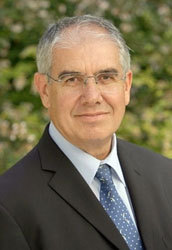
Jean-Louis Baroux, is the former president of APG (Air Promotion Group) and the creator of the CAF (Cannes Airlines Forum) which became the World Air Forum.
Air Transportation Specialist, he signed at L'Archipel Publishers '' Compagnies Aériennes : la faillite du modèle” [“Airlines: A Bankruptcy Model” – translator’s note], a book that all tourism professionals should have read.
The copyrights will be donated to charity. It can be purchased at: www.editionsarchipel.com
Air Transportation Specialist, he signed at L'Archipel Publishers '' Compagnies Aériennes : la faillite du modèle” [“Airlines: A Bankruptcy Model” – translator’s note], a book that all tourism professionals should have read.
The copyrights will be donated to charity. It can be purchased at: www.editionsarchipel.com








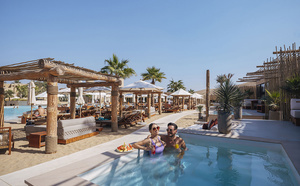








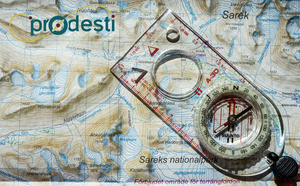



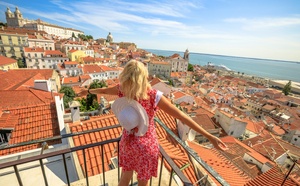

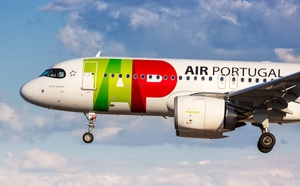
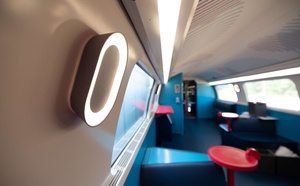
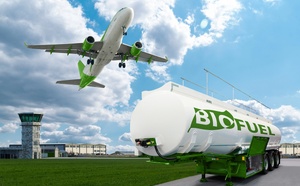
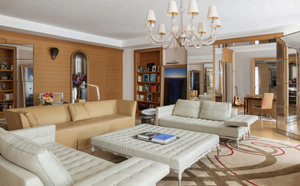

![Lire ou pas ? Le secteur touristique à un rôle à jouer ! [ABO] Lire ou pas ? Le secteur touristique à un rôle à jouer ! [ABO]](https://www.tourmag.com/photo/art/large_16_9/88094660-62395447.jpg?v=1745418480)

